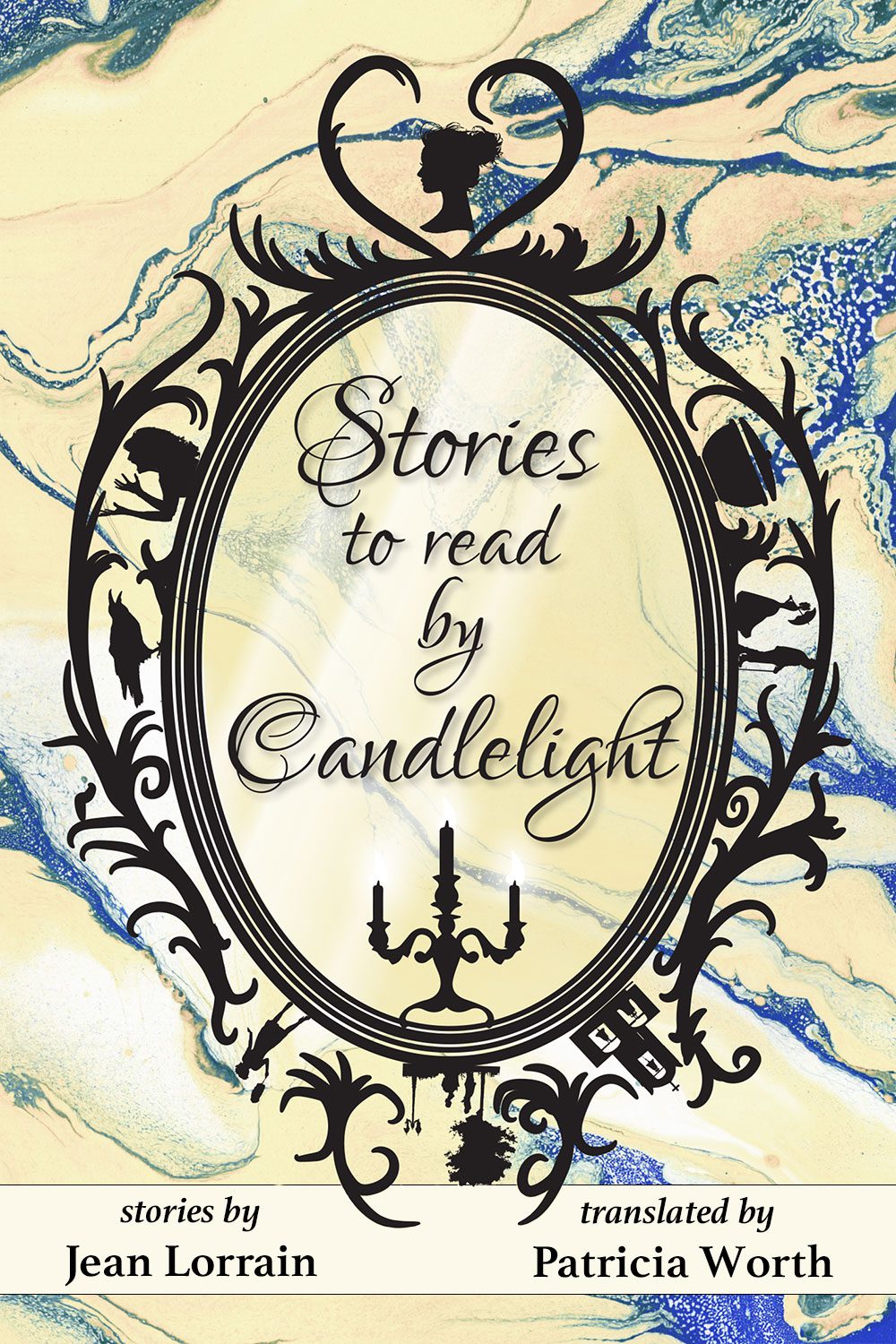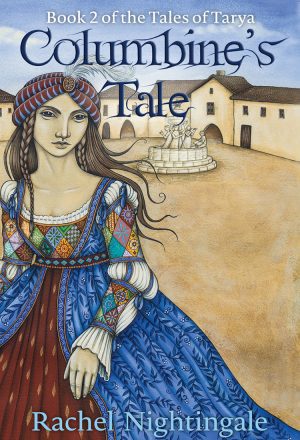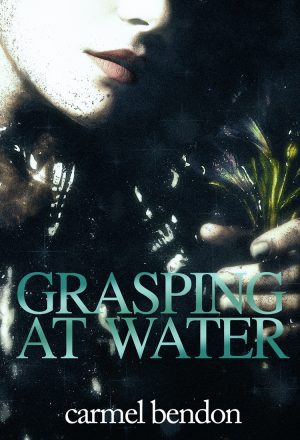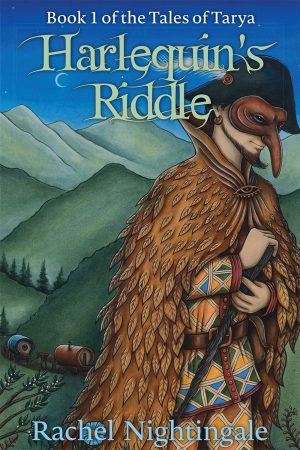Stories to Read by Candlelight
Stories to Read by Candlelight contains eight stories first published in the 1890s by the French author, Jean Lorrain, translated here into English by Patricia Worth. Jean draws the reader back in time to his provincial childhood when his grandmother’s seamstress would tell him stories that gave him goose bumps and made him jump under the covers. Here he recounts these same stories, or invents new half-lived half-dreamed stories born of objects found in an attic or an old house. The characters have a mythical quality, whether they be fantastical beings who long to be real, like the embroidered Princess Mandosiane, or real people like Madame Gorgibus, accused of being a wicked fairy. The stories fall between legends and fairy tales, a genre favoured by a few Decadent authors protesting against realism and regretting technological progress.
 “Some of these stories talk about the illusions of the past, and how beautifully haunting they can be, while other stories instill important wisdom into children, as well as morals that will later guide them into adulthood.” 5 stars
“Some of these stories talk about the illusions of the past, and how beautifully haunting they can be, while other stories instill important wisdom into children, as well as morals that will later guide them into adulthood.” 5 stars
Available in print and ebook formats from Amazon, Bookshop.org, or your favourite bookstore or online retailer.
$12.95
Book Details
| Weight | 200 g |
|---|---|
| Dimensions | 152 × 102 mm |
| Extent | 84 pages |
| Format | Paperback |
| Language | English |
| Genre | Fairy Tales, Short story collection |
| Release date | 17 September 2019 |
| ISBN | 9781925652581 |
| Imprint | Ensorcellia |






Reviewed by Robin Goodfellow for Readers’ Favorite –
Stories to Read by Candlelight, by Jean Lorrain, is a collection of short bedtime stories about the lingering grandeur of the past. The collection begins with the narrator and a seamstress named Norine, who would often tell the narrator stories. Some of the stories she tells include Monsieur d’ Avonacourt, which is about a nobleman who keeps walking in a park to gaze at the sunset. Princess Mandosiane is about a princess who wished to be remembered by her people and instead was taken advantage of by a murderous mouse. Gudule the Maid is about a maid whose restless spirit remained in her mistress’s home. Some of these stories talk about the illusions of the past, and how beautifully haunting they can be, while other stories instill important wisdom into children, as well as morals that will later guide them into adulthood.
The collection’s meanings were not lost in translation, and the illustrations served as a nice complement to the stories, adding a sort of magical realism. I specifically enjoyed the story Useless Virtue. This story talks about a man who, out of pure hatred, goes after his father. The son ignores the pleasures of life and pursues this hatred until he finally meets an old man whom he recognizes as his father. The old man was practically a withered husk by the time the son meets him, so when he dies, his father would have already lived his life. On the other hand, the son had wasted so much time pursuing his vengeance that he wasn’t able to live his own life. It’s a complex story that I loved, mainly because it teaches the importance of not being fixated on your hatred or on negativity in order to fully enjoy your own life. Another deliciously twisted story was Queen Maritome, a bedtime story about what happens when greedy children steal. Overall, the collection represents how the past lingers in the present, and that however we may try, we won’t be able to forget about it. As such, I would recommend this collection to fans of literary fiction and historical fiction.